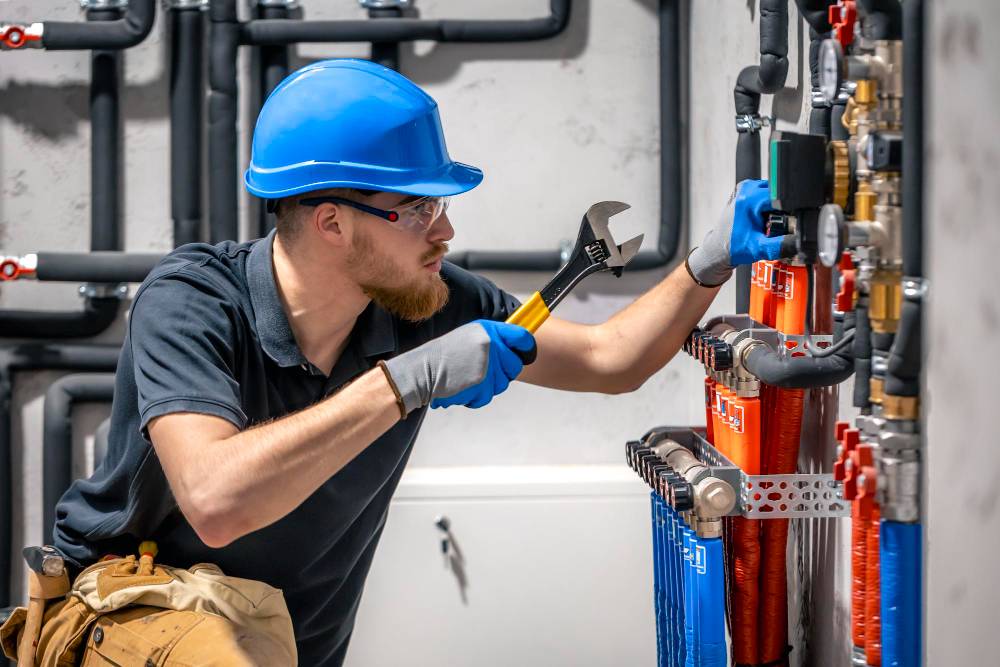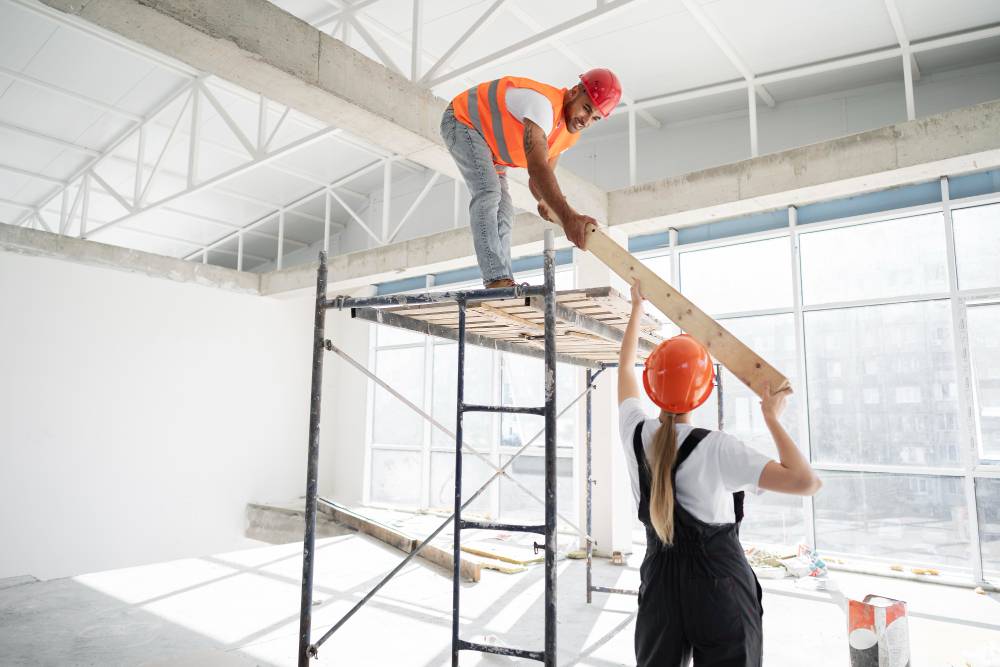Introduction
Building maintenance is essential to preserving a property’s longevity, functionality, and safety. However, many businesses and property owners make common maintenance mistakes that lead to costly repairs, safety hazards, and operational disruptions.
A well-maintained building enhances the value of the property, ensures compliance with safety regulations, and improves the comfort of occupants.
In this article, we’ll explore five common building maintenance mistakes and provide practical solutions to help you avoid them.
By taking a proactive approach, you can significantly reduce unexpected issues and extend the lifespan of your building.
1. Neglecting Preventive Maintenance
The Mistake:
Many property owners and facility managers focus only on fixing problems as they arise rather than implementing a preventive maintenance plan.
This reactive approach can lead to unexpected breakdowns, higher repair costs, and potential safety hazards.
How to Avoid It:
- Establish a routine inspection schedule for HVAC systems, plumbing, electrical systems, roofing, and structural components.
- Use preventive maintenance software to track upcoming maintenance tasks and ensure timely service.
- Train staff to identify early warning signs of potential issues, such as leaks, cracks, unusual noises, and fluctuations in system performance.
- Schedule professional maintenance checks to detect hidden problems before they escalate.
By conducting regular inspections and maintenance, you can reduce unexpected failures, enhance safety, and extend the lifespan of your building components.
2. Ignoring HVAC System Maintenance
The Mistake:
The HVAC system plays a crucial role in maintaining indoor air quality and energy efficiency. However, many businesses neglect routine servicing, leading to increased energy costs, poor air circulation, and even complete system failures.
An inefficient HVAC system can also contribute to higher carbon emissions, affecting environmental sustainability.
How to Avoid It:
- Change HVAC filters every 1-3 months to improve efficiency and air quality.
- Schedule professional HVAC inspections twice a year, preferably before the summer and winter seasons, to ensure peak performance.
- Clean air ducts and vents regularly to prevent dust, allergens, and mold buildup.
- Check refrigerant levels and thermostat settings to ensure optimal performance and energy savings.
Proper HVAC maintenance helps reduce energy costs, improve air quality, enhance occupant comfort, and prevent costly emergency repairs.
3. Overlooking Water Damage and Plumbing Issues
The Mistake:
Leaky pipes, poor drainage, and hidden water damage are often overlooked until they cause severe structural damage or mold growth.
Ignoring minor plumbing issues can lead to major repair costs, health hazards, and even building code violations.
How to Avoid It:
- Inspect plumbing systems regularly for leaks, water stains, damp spots, and signs of corrosion.
- Ensure proper drainage around the building to prevent water accumulation, foundation damage, and flooding risks.
- Install water leak detection sensors to receive early warnings of leaks or burst pipes.
- Fix small leaks immediately before they escalate into larger problems that require costly repairs.
- Keep gutters and downspouts clear to direct rainwater away from the foundation and prevent water infiltration.
By proactively addressing plumbing and water damage issues, you can protect your building’s structure, indoor air quality, and occupant health.

4. Failing to Maintain Roofing and Gutters
The Mistake:
Roofs and gutters are often neglected because they are out of sight. However, clogged gutters and roof leaks can lead to significant water damage, insulation problems, and even pest infestations. A damaged roof may also compromise structural integrity, increasing safety risks.
How to Avoid It:
- Clean gutters and downspouts regularly to prevent blockages and water overflow that can lead to foundational issues.
- Inspect the roof twice a year for missing shingles, cracks, signs of wear, and potential leaks.
- Remove debris, leaves, and snow accumulation to prevent added weight and stress on the roof.
- Trim overhanging tree branches to minimize damage from falling limbs and reduce the risk of pest infestations.
- Invest in professional roof inspections to identify and repair potential vulnerabilities before they escalate.
Regular roof and gutter maintenance ensures proper water drainage, prevents leaks, enhances building efficiency, and prolongs roof lifespan.
5. Using Low-Quality Materials and Repairs
The Mistake:
Cutting corners by using cheap materials or hiring unqualified contractors can lead to frequent repairs, premature system failures, and a compromised building structure. Poor-quality materials may deteriorate quickly, increasing long-term costs.
How to Avoid It:
- Invest in high-quality materials that meet industry standards and offer durability.
- Hire licensed and experienced professionals for maintenance, repairs, and renovations.
- Conduct thorough inspections of work completed to ensure quality and durability.
- Research contractor reviews and request references before hiring to ensure reliability and expertise.
- Implement a long-term maintenance plan that prioritizes cost-effective, high-quality solutions rather than temporary fixes.
Using high-quality materials and professional services reduces long-term maintenance costs, enhances building safety, and ensures lasting structural integrity.
Conclusion
Avoiding these common building maintenance mistakes can save money, enhance safety, and prolong the lifespan of your property.
By implementing a preventive maintenance strategy, keeping HVAC and plumbing systems in check, maintaining roofing and gutters, and investing in quality repairs, you can ensure a well-functioning building that stands the test of time.
Taking a proactive approach to building maintenance not only improves operational efficiency and occupant comfort but also increases property value and reduces unexpected downtime due to emergencies.
By staying proactive and following these best practices, you can ensure your building remains in excellent condition for years to come.



